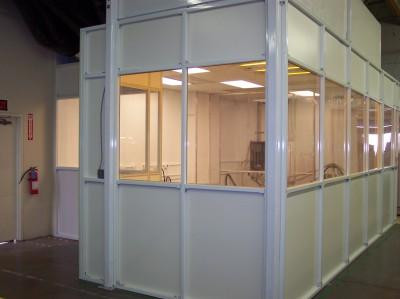Different types of fume hoods ensure safety when performing laboratory tests and carrying out all kinds of work with reagents. They are used in many industries, medical and educational institutions. A modern fume hood is a lockable chamber with ventilation suction
The standard design of fume hoods
The designs of such equipment are similar, regardless of type and purpose. They consist of:
- The working chamber. For ease of control, a glazed wall with a movable door is provided.
- The pulling dome. Through the hood, air masses are removed from the inner chamber.
- Collapsible frame. Part of the housing may be a built-in cabinet.
Depending on the model and the wishes of the customer, water, electricity, or gas can be supplied. To prevent the tabletop from being damaged for a long time, chemically resistant materials are used for its manufacture.
The main types of fume hoods
If we consider the types of Fume hood, they can conditionally be divided into categories. Designs that combine the functions of a treatment plant and furniture differ not only in capabilities but also in acceptable operating conditions. Depending on these factors, the following varieties are distinguished:
Small wardrobes. They are suitable for removing residual reagents from laboratory glassware.

General laboratory cabinets. Suitable for research not only in educational institutions but also in production. They are also often chosen for an installation in medical facilities. Mandatory in them is the auto-off function, as well as the presence of splash-proof sockets and lighting for the manufacture of cabinet porcelain or plastic, resistant to chemical influences.
Ovens. Ovens are used to drying or removing a certain amount of moisture. Such equipment is most relevant. With the help of such devices, various materials and objects are processed, laboratory experiments are carried out.
Various types of Fumehood for laboratories make it possible to quickly and accurately carry out various processes without harming the health of personnel. With their help, you can achieve high accuracy results and reliable cleaning of materials.
What technical characteristics are important when choosing a fume hood
Fume hood - the technical characteristics of the equipment must correspond to the design features of the room. It is necessary to take into account not only the size of the room but also the general condition of the wiring. Choosing the optimal model consider:
Sizes. It is necessary to clarify the dimensions of the cabinet and the working chamber, the design with the glass raised and lowered. Width, depth, and height are indicated in millimetres.
Mass. Net enclosures with or without stand.
Power. The manufacturer must inform about the power consumption (W), without taking into account the load on the outlet blocks.
Load. The maximum permissible total impact (W) on the outlet blocks is indicated.
Key Features of Chemistry Lab Fume Hood
Standard fume hood for a chemical laboratory - the characteristics that determine the functionality of the equipment are indicated in the description of each model. Depending on the manufacturer and the needs of the customer, different can be:
The area and material of the work plane;
- Extraction power and its design;
- Water or gas supply system;
- Direction and adjustment of airflow.
